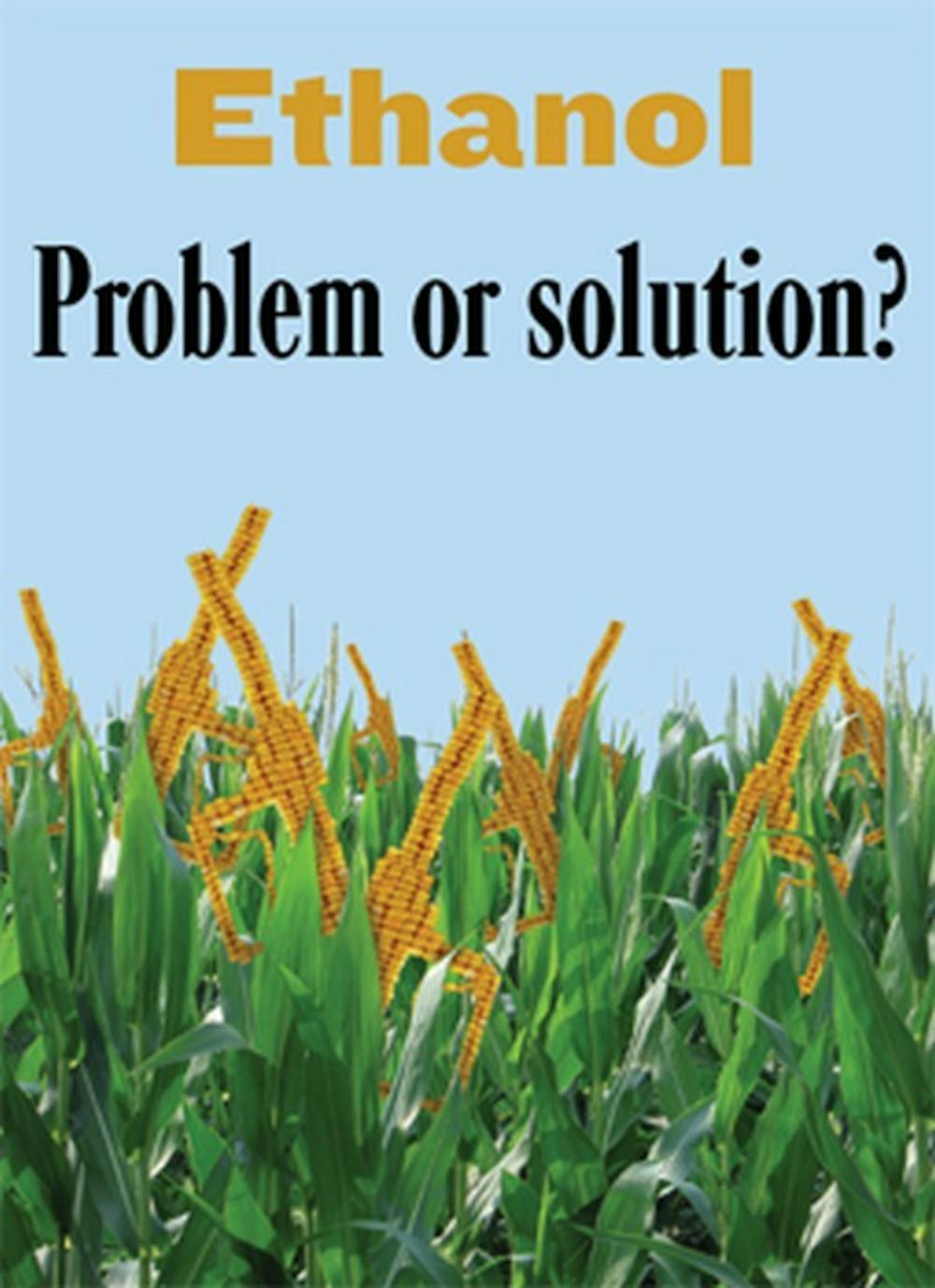At his Jan. 23 State of the Union address, President George W. Bush proposed cutting America's dependence on gasoline made from foreign oil by 20 percent by increasing production of ethanol. Bush's proposed budget called for halting a land conservation program in order to increase corn production, according to the Associated Press.
Since Bush declared that America was "addicted to oil" in his 2006 address, biofuels such as corn-based ethanol and soybean-based biodiesel have become one of the fastest-growing industries in the country. Ball State University's shuttles run on biodiesel, as does Gov. Mitch Daniels' tour bus. General Motors Corp. has begun marketing flex-fuel cars that run on both normal gasoline and E85, a blend of 85 percent ethanol and 15 percent gasoline. According to the Renewable Fuels Association, the U.S. has 113 ethanol refineries, which produce almost 5.6 billion gallons of the fuel per year, with eight planning to expand and 76 under construction.
U.S. Ethanol Holdings, LLC announced last September that it would build a 100 million gallon ethanol plant north of Muncie and near Eaton, according to a Muncie-Delaware County Economic Development Alliance press release. Jason Hill, a research associate at the University of Minnesota's Department of Applied Economics, approaches the hype with skepticism.
Hill conducted a study in 2006, partially sponsored by the University of Minnesota's Initiative for Renewable Energy, to investigate the full life cycles of ethanol and biodiesel. The study found that while both fuels supplied more energy than was required to produce them, neither would meet America's energy demands.
Despite the UMN study's findings, marketing director Ron Lamberty of the American Coalition for Ethanol, a trade organization that also
lobbies on behalf of the ethanol industry, remained optimistic. He said that without changes to infrastructure, ethanol could offset use of gasoline by 10 percent.
Hill, however, said he wasn't so sure.
"If we dedicated every kernel of corn in the country to producing ethanol, we would offset use of gasoline by 12 percent," he said. "To
even achieve levels of 10 percent will be a challenge."
Likewise, if every ounce of soybean oil was dedicated to producing biodiesel, it would offset diesel usage by 6 percent.
But Lamberty said the rationale behind using ethanol was to increase energy independence and international bargaining power, not to eliminate gasoline usage.
"The goal doesn't have to be to replace every drop; the goal is to be more secure," he said. "We've got countries that don't like us or
aren't very stable, and we're relying on them for something that's important to us."
"Price increases will help us along the way," Patrick Barkey, director of economic and policies at Ball State, said. Barkey emphasized, however, that ethanol was a "good bridge," not a solution unto itself. David Tilman, co-author of the UMN study, held a similar view.
"Corn ethanol and soybean biodiesel are successful first-generation biofuels," Tilman said, according to a press release. "The next step is a biofuel crop that requires low chemical and energy inputs and can give us much greater energy and environmental returns. Prairie grasses have great potential."
Lamberty said ethanol was not the panacea to America's dependence on foreign oil. Americans would also have to be more disciplined. When gas prices rose, they would force people to be more energy efficient. But lower gas prices, he said, could reverse progress.
"It seems that a big part of the solution is trying to find more of it at a lower price," he said. "That's like trying to cure a cocaine
addiction by switching to crack."
Ethanol production has raised concerns among environmentalists. Growing corn requires nitrogen fertilizer and pesticides, which
pollute groundwater and streams, while runoff causes the Gulf of Mexico "dead zone," a 5,000 to 8,000 square mile area so polluted that virtually no marine life survives there. According to the AP story, concern surrounded plans to halt conservation of some 35 million acres of land to make way for more corn production and decrease the price of corn. Dave Nomsen of the wildlife conservation group Pheasants Forever told the AP that the plan would increase soil erosion while diminishing water quality and wildlife.
Lamberty, who said he rarely saw cars carrying more than two people when looking onto the intersection in front of his Sioux Falls, S.D.,
office, said taking better care of cars, taking fewer trips and using public transportation would increase energy efficiency.
"The low-hanging fruit is energy conservation and efficiency," Hill said. "Right now, just tuning up our engines would probably do more for us than ethanol does."



